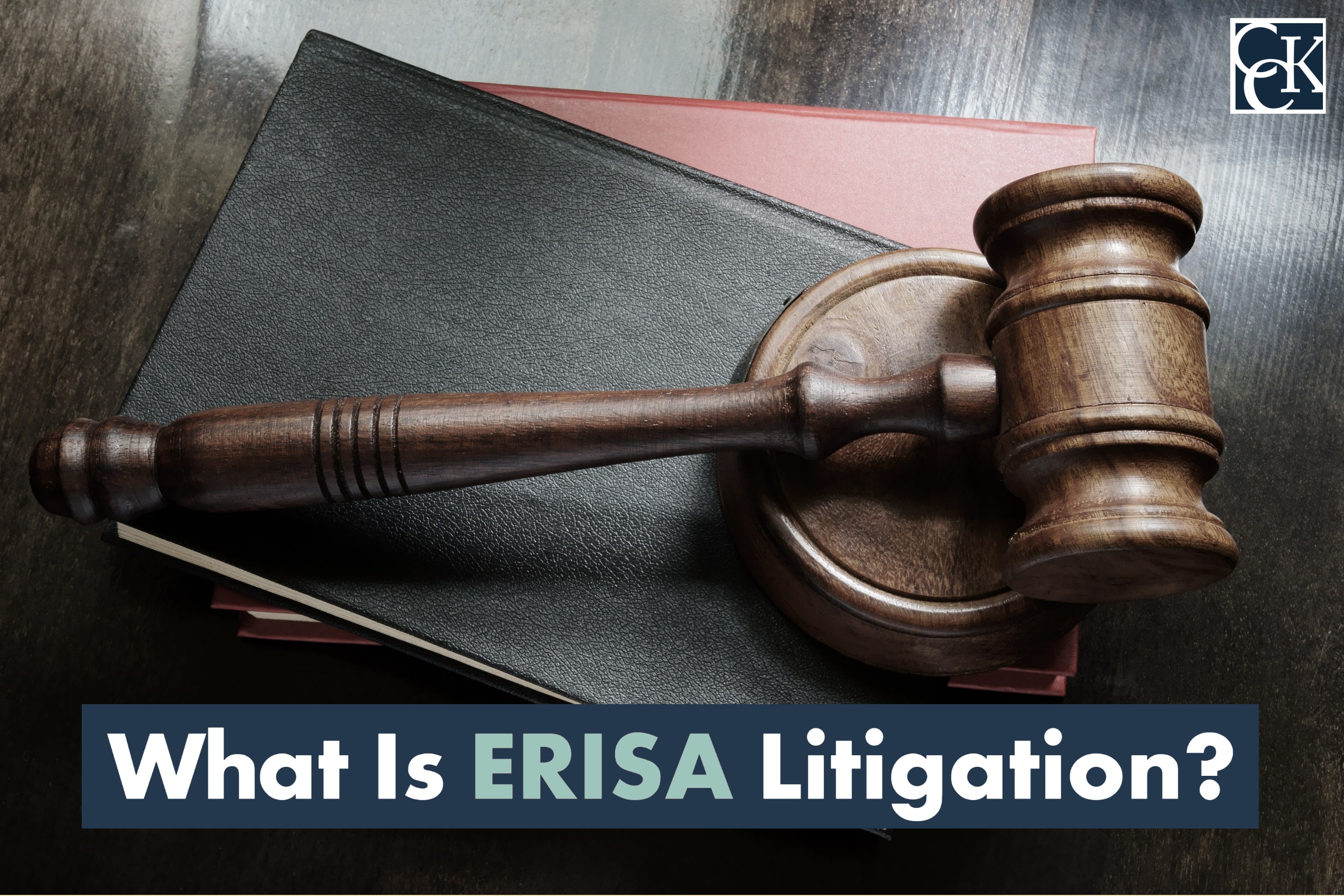Navigating ERISA Litigation: A Comprehensive Guide for Employers
The Employee Retirement Income Security Act (ERISA) plays a crucial role in governing employer-sponsored benefits plans in the United States. Enacted in 1974, ERISA sets standards to ensure that plan fiduciaries act in the best interest of participants and provides protections for employees’ retirement and health benefits. However, the complexity and scope of ERISA often lead to litigation, posing significant risks and costs for employers. This article aims to provide employers with a detailed understanding of ERISA litigation, common issues, the importance of compliance, and best practices to mitigate risks.
Understanding ERISA Litigation
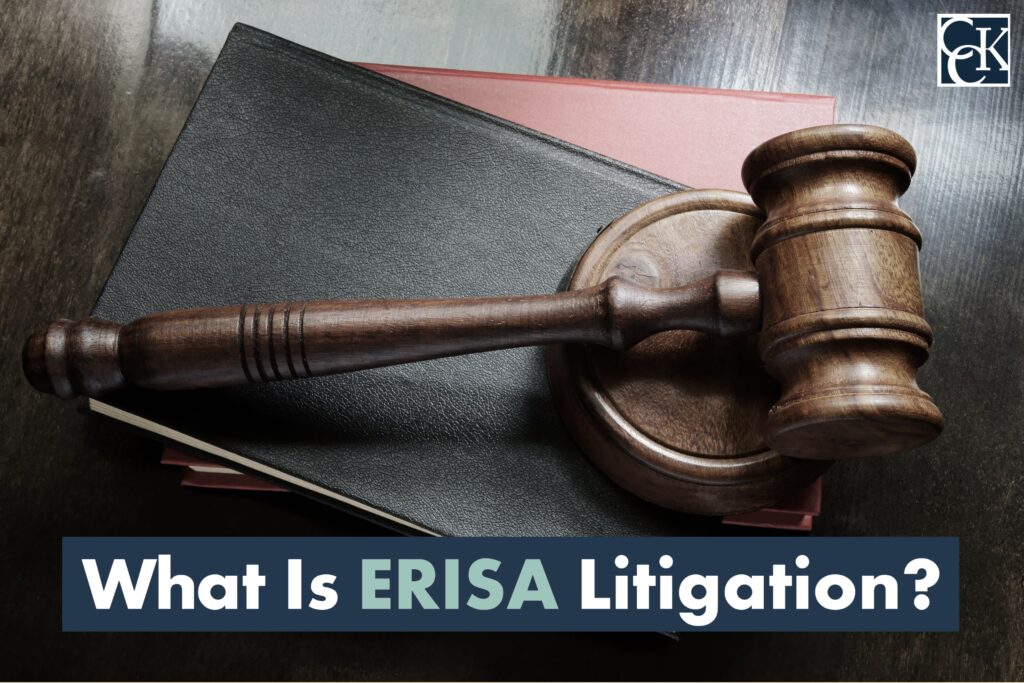
ERISA litigation refers to the legal disputes between employers, plan fiduciaries, and participants arising from alleged violations of ERISA rules. These cases can involve a wide range of benefits plans, including pension plans, 401(k) plans, health insurance plans, disability plans, and life insurance plans. ERISA litigation is a significant concern for employers as it can result in costly settlements or judgments and damages an organization’s reputation.
What is ERISA?
ERISA is a federal law that sets minimum standards for most voluntarily established pension and health plans in private industry. Its primary objectives are to protect the interests of employee benefit plan participants and their beneficiaries. ERISA requires plans to provide participants with critical information about plan features and funding, establishes fiduciary responsibilities, and grants participants the right to sue for benefits and breaches of fiduciary duty.
Employer Responsibilities Under ERISA
Employers sponsoring ERISA-covered plans must adhere to several key responsibilities, including:
- Acting solely in the interest of plan participants and beneficiaries.
- Maintaining plan assets in a trust to protect them.
- Ensuring that plan documents comply with ERISA provisions.
- Providing participants with information about plan features, funding, and fiduciary responsibilities.
- Following a claims appeal process that meets ERISA standards.
- Keeping accurate plan records.
Common ERISA Litigation Issues
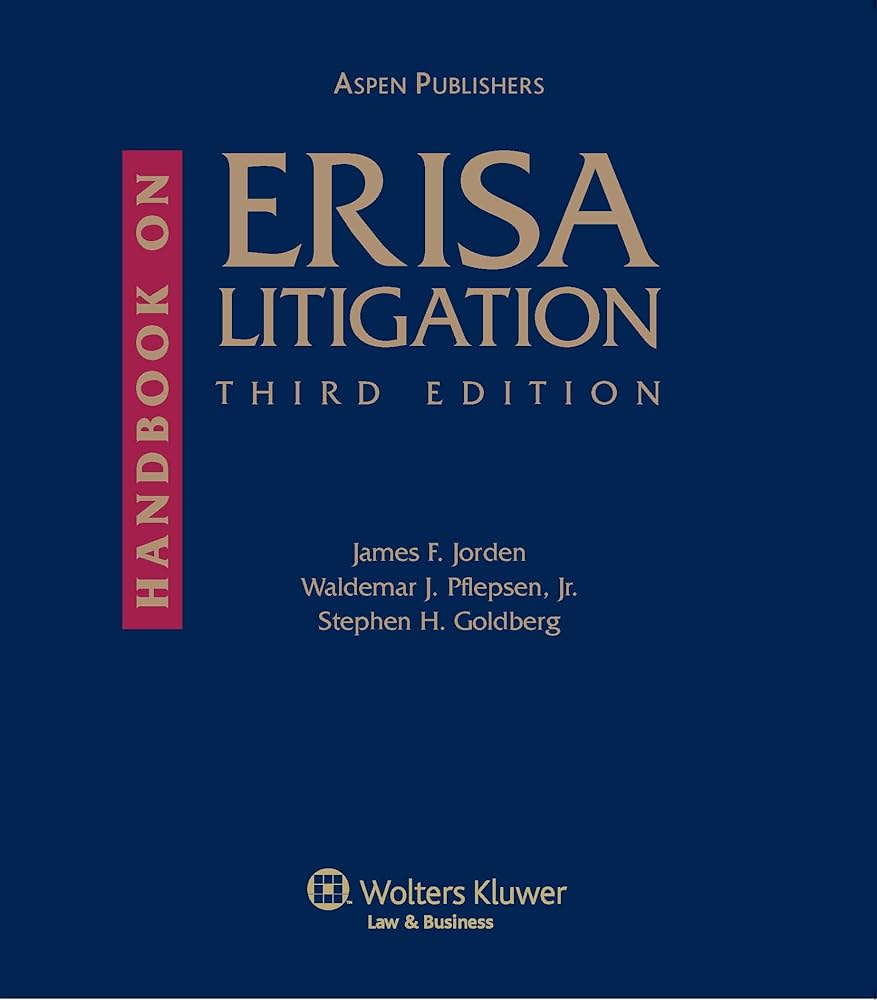
ERISA litigation can arise from various disputes, including:
Fiduciary Duties
Fiduciaries are individuals who exercise discretionary control over plan management or plan assets. Under ERISA, fiduciaries are held to a high standard of conduct, known as the “prudent person” standard. Common fiduciary breaches that lead to litigation include:
- Failing to act in the best interest of participants.
- Mismanaging plan assets.
- Engaging in prohibited transactions.
Plan Disclosures
ERISA requires plan administrators to provide clear and accurate disclosures about plan terms, conditions, and changes. Litigation often arises when plan participants claim they were not adequately informed about their benefits, resulting in disputes over plan terms or eligibility. Violations in this area can lead to significant penalties and corrective actions.
Participant Disputes
Disputes between plan participants and administrators are another common source of ERISA litigation. These disputes can involve:
- Denied benefit claims.
- Misinterpretation of plan terms.
- Issues related to plan amendments or terminations.
The Importance of Compliance

Complying with ERISA is critical for employers as it helps protect their employees’ retirement and health benefits, mitigates litigation risks, and avoids costly penalties. Non-compliance can result in penalties, fines, and even criminal charges. Therefore, it is crucial for employers to understand their responsibilities under ERISA and ensure they are meeting all requirements.
Best Practices to Mitigate Risks
Employers can take proactive measures to mitigate the risk of ERISA litigation by implementing best practices, such as:
- Regularly reviewing plan documents and ensuring they comply with ERISA regulations.
- Conducting training for plan fiduciaries on their duties and responsibilities.
- Establishing a thorough claims appeal process that meets ERISA standards.
- Keeping accurate records of plan documents and participant communications.
- Engaging with legal counsel familiar with ERISA when making significant decisions or changes to benefit plans.
The Cost of Non-Compliance
ERISA litigation can be expensive and damaging to an employer’s reputation. Employers who fail to comply with ERISA requirements may face:
- Government penalties and fines.
- Legal fees and court costs.
- Potential settlement or judgment payments.
- Reputational damage and loss of trust among employees.
ERISA Litigation on Employers
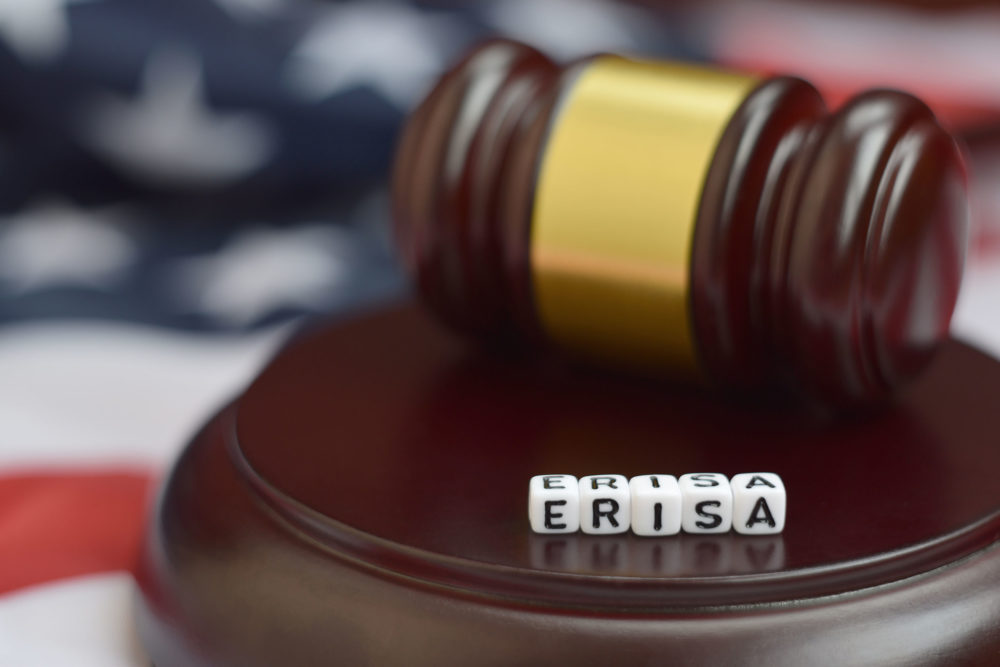
ERISA litigation can have a significant impact on employers, including:
- Financial costs: ERISA litigation can result in expensive settlements, legal fees, and court costs that can strain an organization’s finances.
- Time-consuming: Litigation can be time-consuming for employers as they must dedicate resources to the case.
- Reputational damage: ERISA lawsuits can harm an employer’s reputation and negatively affect employee morale and retention.
Impact of ERISA Litigation on Employers
The impact of ERISA litigation on employers can be far-reaching, affecting various aspects of their operations and financial health. One of the most immediate impacts is the financial burden associated with defending against claims. Litigation costs can skyrocket, draining company resources and diverting funds that could be used for other business initiatives. This financial strain can be especially challenging for smaller organizations with limited budgets.
Moreover, ERISA litigation can damage an employer’s reputation. News of lawsuits involving employee benefit plans can erode trust and confidence among current and prospective employees. This reputational damage can hinder an organization’s ability to attract and retain top talent, ultimately affecting productivity and growth.
Employers also face the risk of operational disruptions. Litigation often requires considerable involvement from management and human resources, diverting attention from day-to-day responsibilities and strategic objectives. The stress and distraction caused by ongoing legal battles can reduce overall organizational efficiency and morale.
Finally, the outcomes of ERISA litigation can set precedents that affect future plan administration. A significant judgment or settlement can lead to increased scrutiny from regulators and necessitate changes to benefit plans and procedures, which can be both costly and complex to implement. For these reasons, employers must take ERISA compliance seriously and adopt strategies to minimize litigation risks.
Preparing for Potential ERISA Litigation
Preparation is key to navigating the complexities of potential ERISA litigation. Employers should start by conducting a comprehensive audit of their current benefit plans to ensure all aspects comply with ERISA provisions. This includes verifying that plan documents are up-to-date, ensuring that fiduciary responsibilities are clearly defined and met, and confirming that all required disclosures have been properly communicated to participants.
Employers should also establish a robust internal review process to handle benefit claims and disputes. This process should include clear procedures for participants to follow when submitting claims and a well-documented appeals process to handle denied claims. Ensuring transparency and fairness in these procedures can significantly reduce the likelihood of disputes escalating to litigation.
Another critical preparation step is to maintain accurate and thorough records of all plan-related communications and decisions. Documentation can serve as crucial evidence in defending against claims and proving that the employer has met its fiduciary duties and complied with ERISA requirements. Regular training and education for plan fiduciaries are also essential, ensuring they are well-informed about their responsibilities and the latest regulatory updates.
Lastly, establishing a relationship with legal counsel specializing in ERISA can be invaluable. These legal experts can provide guidance on complex issues, assist in plan design to ensure compliance, and represent the employer in the event of litigation. Investing in such proactive measures can help employers navigate ERISA’s regulatory landscape more effectively and protect against potential legal challenges.
Best Practices for Mitigating ERISA Litigation Risks
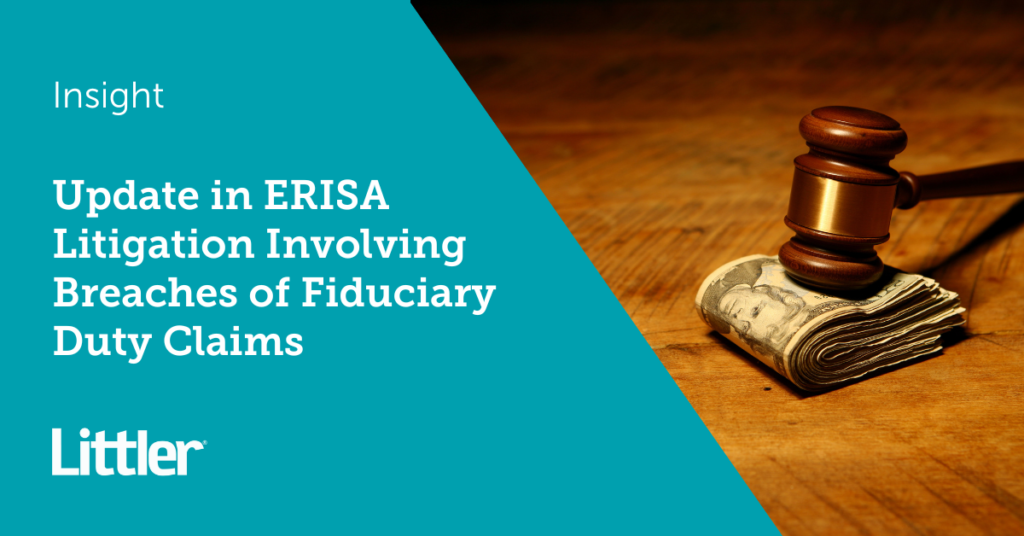
Employers can take proactive steps to minimize their risk of facing ERISA litigation.
Some best practices include:
- Conducting regular internal audits and reviews of plan documents and procedures.
- Ensuring that all plan documents comply with ERISA provisions.
- Providing accurate and timely disclosures to participants.
- Maintaining appropriate documentation and recordkeeping procedures.
- Regularly communicating with employees about their benefits and any changes or updates.
- Enlisting the help of legal counsel experienced in ERISA matters.
By proactively addressing potential issues, employers can mitigate the risks associated with ERISA litigation and protect their finances, reputation, and operational efficiency.
Regular Plan Reviews
Conducting regular reviews of plan documents and operations can help identify potential compliance issues before they escalate. Employers should engage legal and compliance experts to perform audits and ensure that plan practices align with ERISA requirements. Regular reviews can also help employers stay up-to-date with any regulatory changes and make necessary adjustments to maintain compliance.
Accurate Disclosures
Providing accurate and timely disclosures to plan participants is crucial for minimizing ERISA litigation risks. Employers must ensure that all required disclosures are communicated clearly, effectively, and in a timely manner. This includes providing information about plan features, fees, investment options, and any changes or updates that may affect participants’ benefits.
Effective Documentation
Maintaining thorough documentation is critical for defending against ERISA claims. Employers should have well-documented processes for handling benefit claims and appeals, as well as detailed records of all communications with plan participants. These records can serve as evidence of the employer’s efforts to comply with ERISA requirements and fulfill their fiduciary duties.
Communication and Education
Regularly communicating with employees about their benefits can help prevent misunderstandings and disputes. Employers should provide clear and accurate information about plan features, participation, eligibility, and any changes or updates. Additionally, providing educational resources for plan fiduciaries can help ensure they understand their responsibilities under ERISA and stay informed about regulatory changes.
Mitigating ERISA Litigation Risks: A Team Effort

Mitigating the risks of ERISA litigation requires a team effort from employers, plan fiduciaries, and legal counsel. By proactively addressing potential issues, ensuring compliance with ERISA requirements, and maintaining open communication with plan participants, employers can minimize their exposure to costly and time-consuming legal battles.
Seeking Expert Legal Advice
One of the most effective ways to mitigate ERISA litigation risks is to seek expert legal advice. Legal counsel specializing in ERISA matters can provide invaluable guidance tailored to the specific needs of the organization. These experts can assist in the initial design and ongoing review of benefit plans to ensure compliance with the latest regulations. They can also offer insights into best practices for plan administration, helping to identify and address potential vulnerabilities before they escalate into legal issues. In the event of a dispute, having experienced ERISA legal counsel can greatly enhance the employer’s ability to defend against claims and achieve a favourable outcome.
Implementing Robust Internal Controls
Employers should implement robust internal controls to manage and monitor their benefit plans effectively. This involves establishing clear policies and procedures for plan administration, including protocols for handling contributions, investments, and distributions. Employers should also institute a system of checks and balances to ensure that all plan-related activities are conducted in accordance with ERISA requirements and organizational policies. Regular internal audits can help detect and rectify discrepancies early, thereby preventing issues that could lead to litigation.
Leveraging Technology
Leveraging technology can streamline the administration of benefit plans and enhance compliance efforts. Employers can use specialized software to automate many aspects of plan management, such as tracking contributions, managing participant data, and generating required reports and disclosures. Advanced analytics tools can also help employers identify trends and potential compliance issues, allowing for proactive adjustments. By integrating technology into their compliance strategy, employers can reduce administrative burdens, improve accuracy, and demonstrate their commitment to adhering to ERISA standards.
Fostering a Culture of Compliance
Creating a culture of compliance within the organization is essential for mitigating ERISA litigation risks. This begins with leadership setting a tone that emphasizes the importance of adhering to regulatory requirements and ethical standards. Employers should train and educate employees at all levels about their roles and responsibilities concerning ERISA compliance. Encouraging open communication and providing channels for employees to report concerns can also foster a proactive approach to identifying and addressing potential compliance issues. By building a culture of compliance, employers can create an environment where regulatory adherence is a shared priority, reducing the likelihood of litigation.
Conclusion

Employers must navigate the complexities of ERISA to safeguard their benefit plans and protect themselves from litigation. By understanding ERISA’s provisions, addressing common litigation issues, and adopting best practices, employers can mitigate risks and ensure compliance. Regular plan reviews, proper documentation, and effective communication with participants are key strategies for maintaining ERISA compliance and avoiding costly litigation.

